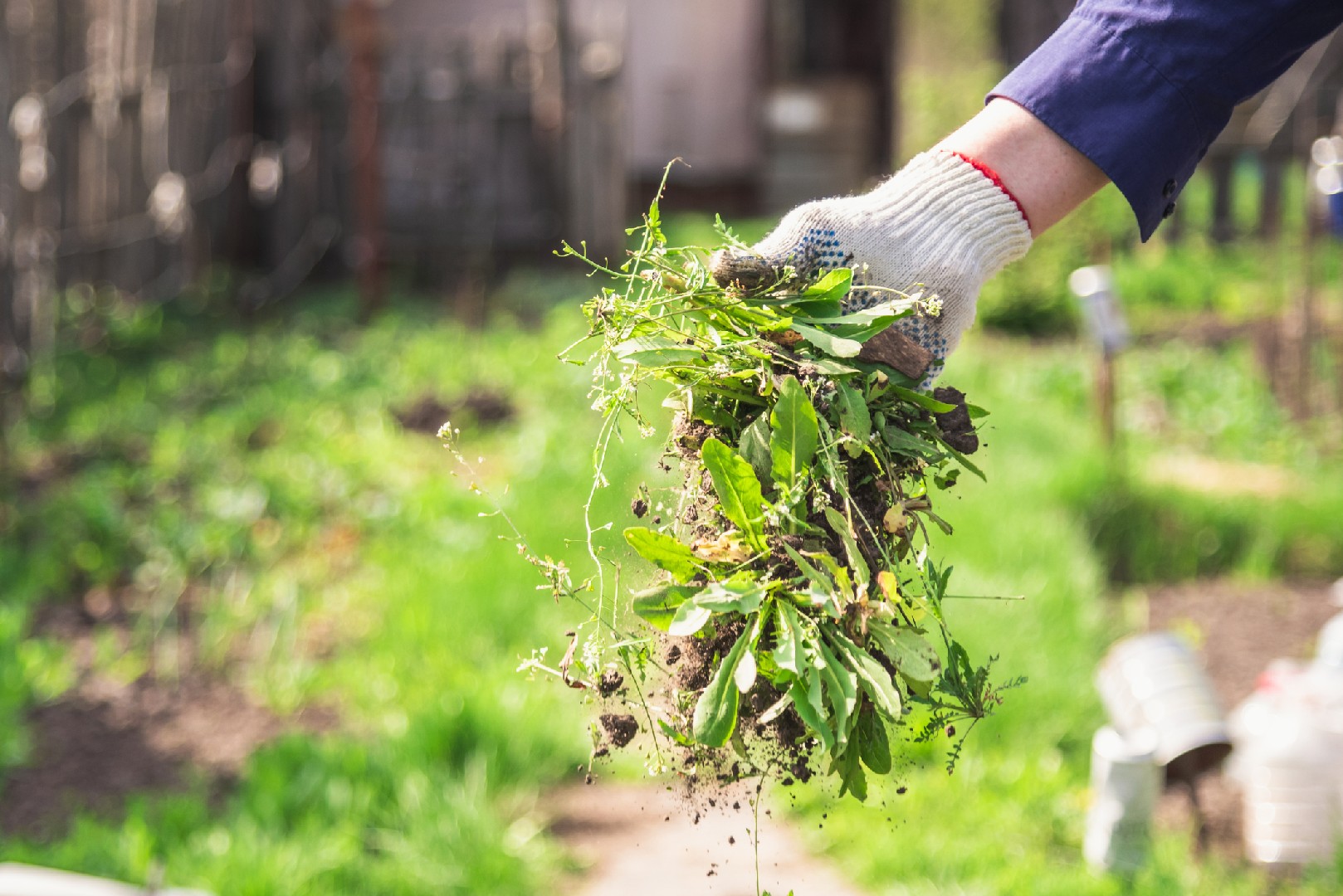![Rectangle]()
The Biology of Weeds: Understanding How They Grow
Weeds are the bane of every gardener's existence. They seem to sprout up overnight, taking over precious garden space and choking out desirable plants. To effectively control weeds, it is essential to understand their biology and growth habits.
At the most basic level, weeds are plants that grow where they are not wanted. They are classified as such due to their rapid growth, competitive nature, and ability to adapt to a variety of environments. Weeds have a remarkable ability to reproduce and spread, making them a formidable foe in the garden.
One key aspect of weed biology is their seed production and dissemination mechanism. Weeds produce an abundance of seeds, ensuring their survival and persistence. These seeds can be dispersed by various means, including wind, water, animals, or human activities. Some weeds, like dandelions, have fluffy seed heads that can be carried great distances by the wind. Others, such as burdock, produce burrs that easily attach to the fur of animals or clothing, facilitating their spread.
In addition to their seed production and dissemination mechanisms, weeds have evolved various adaptations that allow them to colonize and persist in gardens. Weeds are often pioneers, quickly establishing themselves in disturbed or bare areas before other plants have a chance to grow. They can thrive in poor soil conditions, tolerate drought or flooding, and outcompete cultivated plants for limited resources like sunlight, water, and nutrients.
Understanding weed biology can be instrumental in their control. By knowing how weeds reproduce and spread, gardeners can implement strategies to disrupt their life cycle and prevent their proliferation. One effective method is to remove weeds before they have a chance to go to seed. Regular weeding and timely removal of weed flowers or seed heads can significantly reduce weed populations.
Another approach is to create an inhospitable environment for weeds. This can be done by improving soil health, promoting the growth of desirable plants, and practicing proper garden maintenance techniques. For example, mulching can suppress weed growth by blocking sunlight and preventing weed seeds from germinating. Additionally, employing crop rotation and companion planting can help deter weeds and enhance the overall health of the garden.
Furthermore, knowing the specific growth habits and lifecycle of common weeds can guide targeted control measures. For instance, some weeds are annuals, completing their life cycle in one growing season, while others are perennials that live for multiple years. By identifying the life cycle of a weed, gardeners can decide on the most suitable control methods. This may involve using herbicides, manual removal, or employing physical barriers like landscape fabric or mulch.
In conclusion, understanding the biology of weeds is essential for effective weed control in the garden. By knowing how weeds grow, reproduce, and adapt, gardeners can implement strategies to prevent their establishment and spread. This includes timely weeding, creating an inhospitable environment for weeds, and using targeted control methods. With this knowledge, gardeners can reclaim their garden spaces from these pesky invaders and ensure the flourishing of their desired plants.





